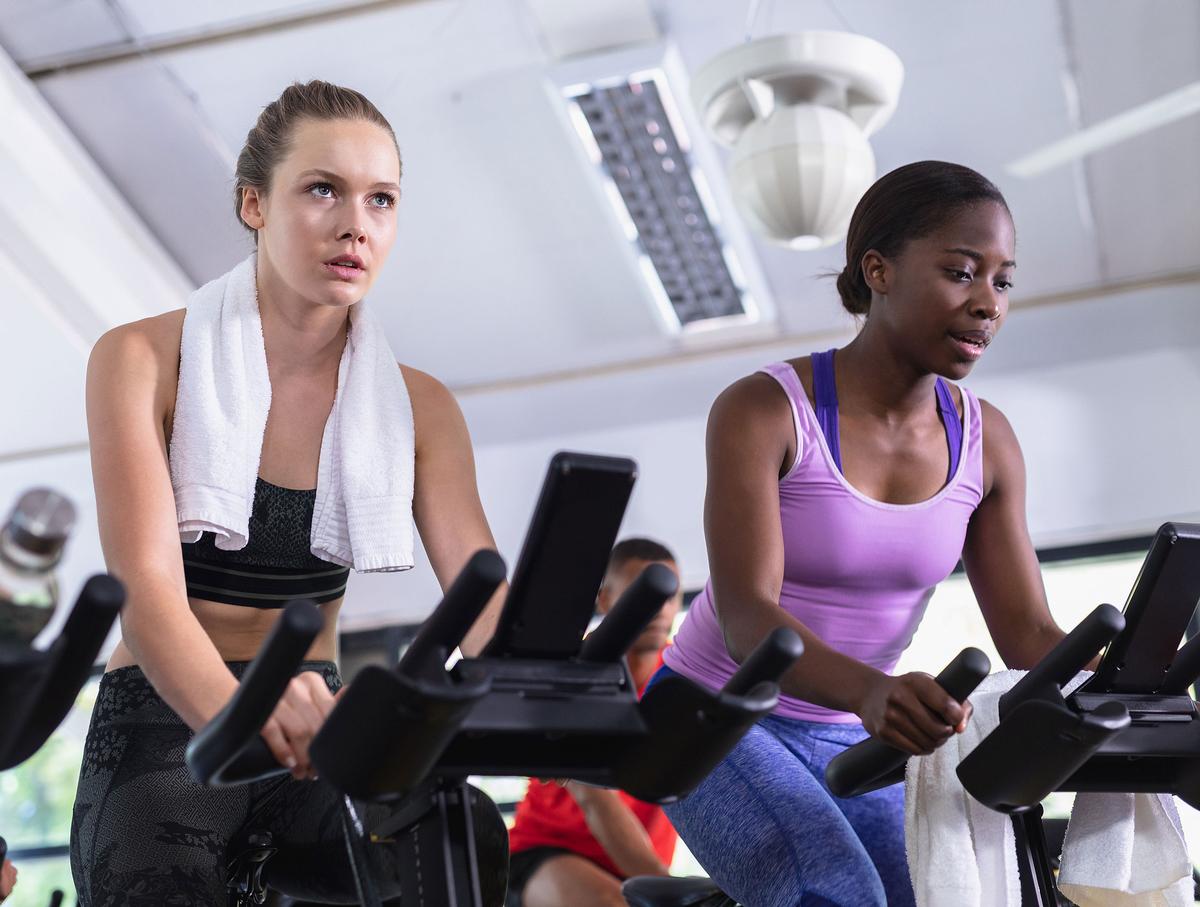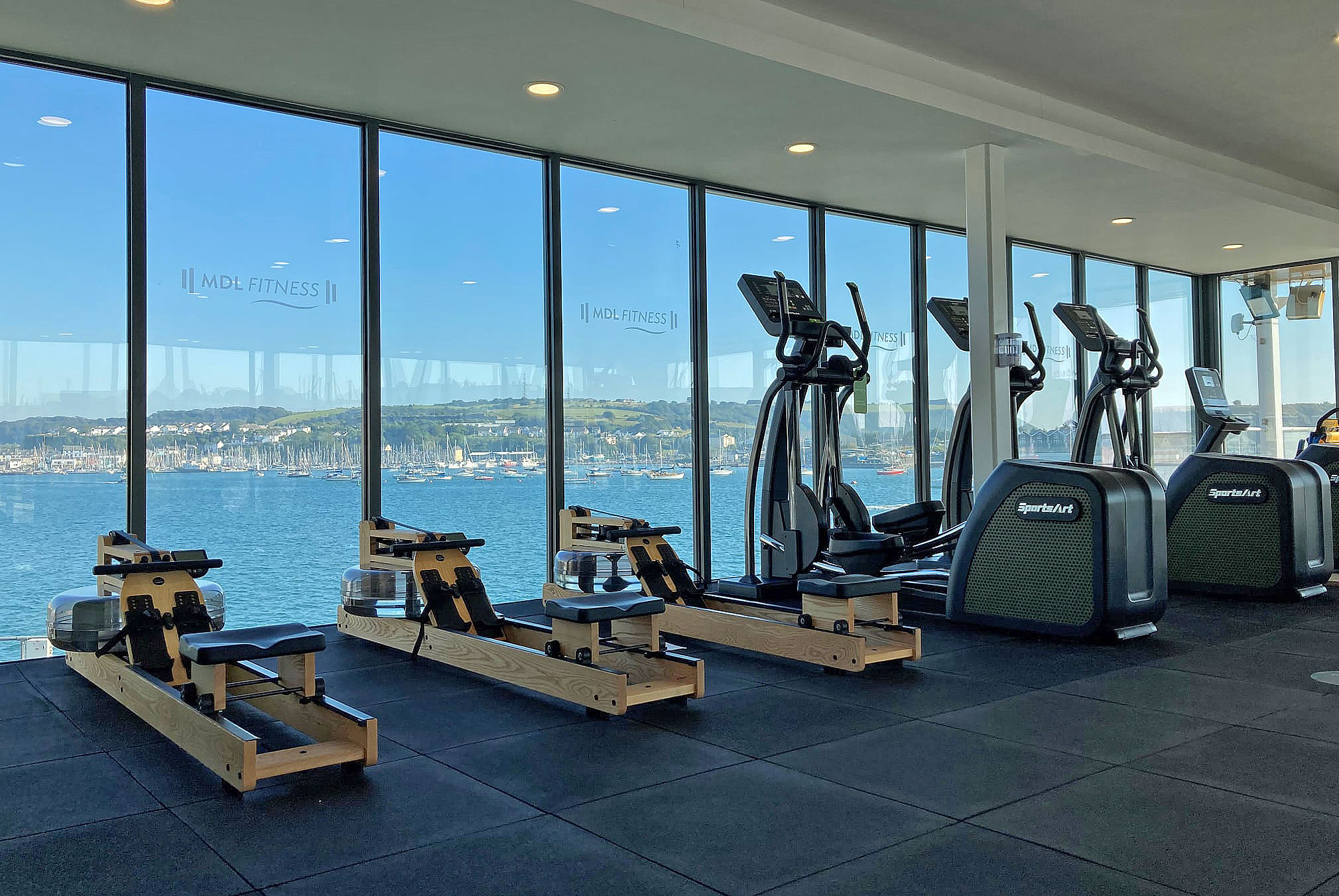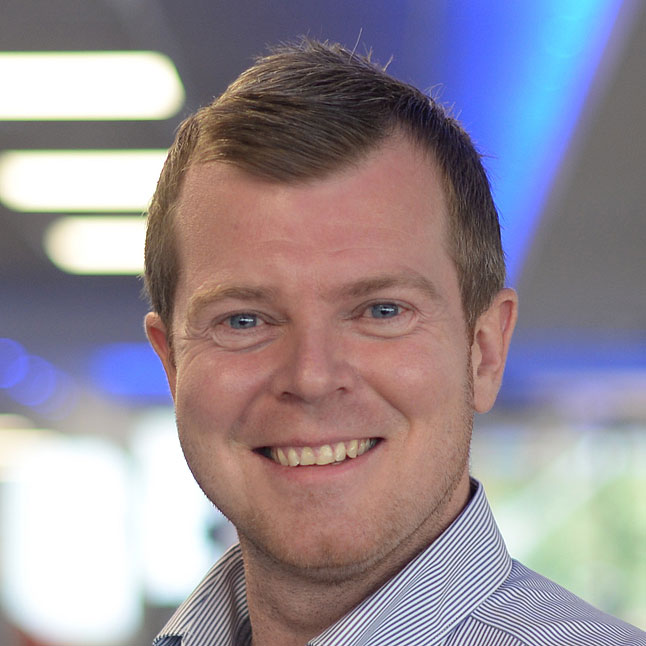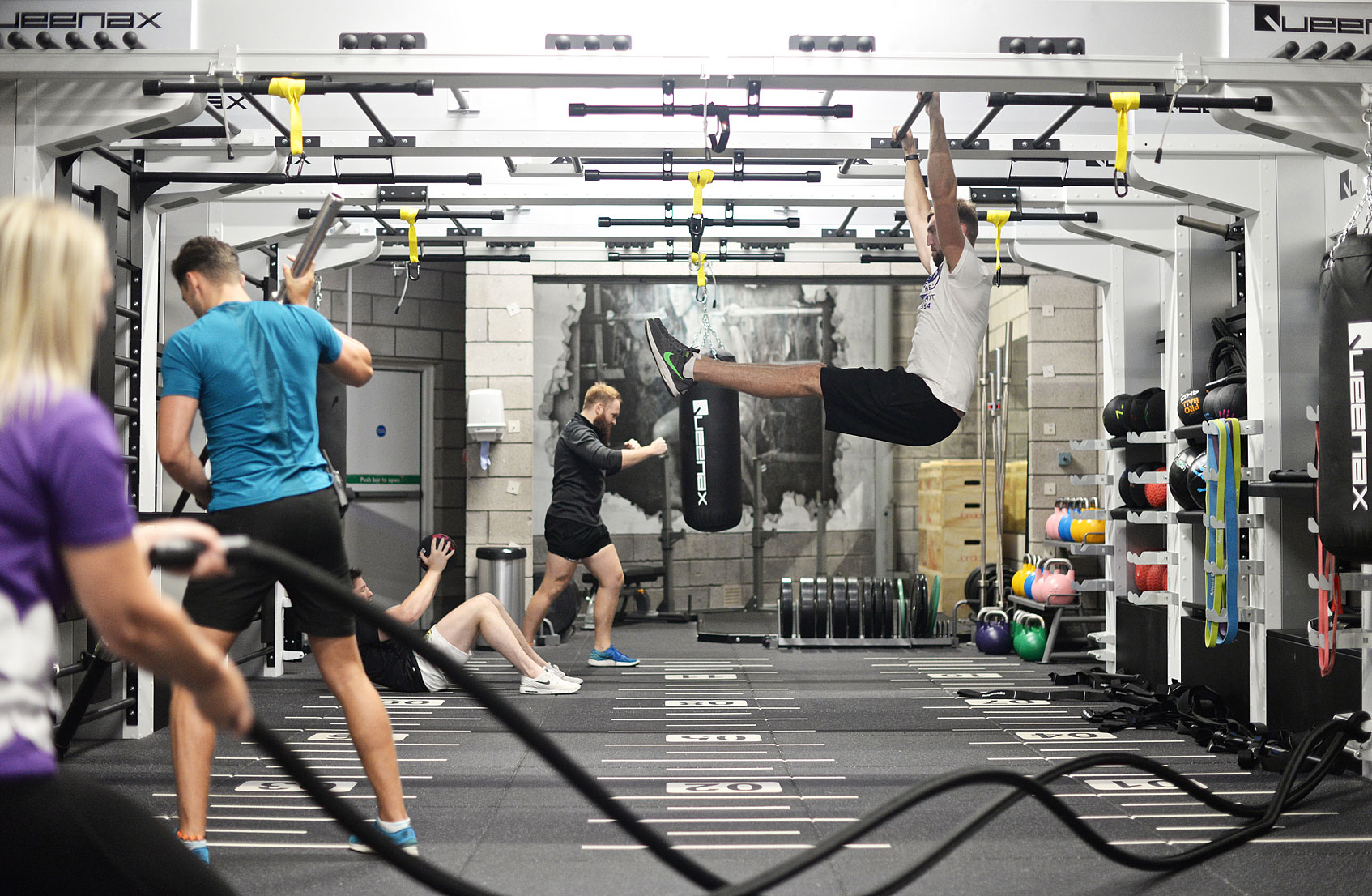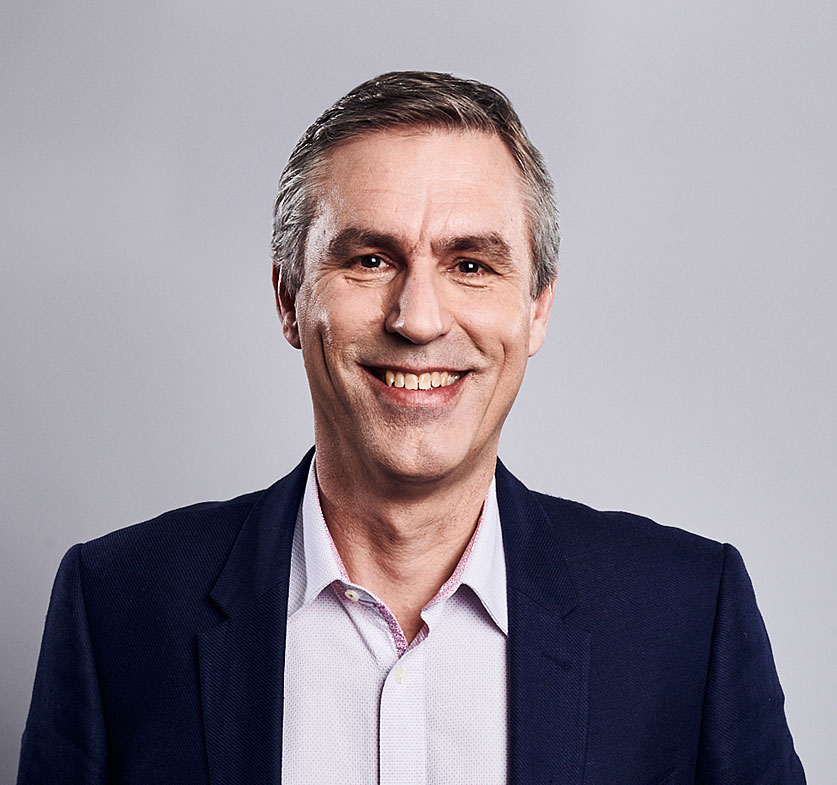
photo: the gym group
The most immediate and urgent challenge facing us all has to be the climate crisis caused by global warming. If we don’t all address this challenge with the urgency it requires then the cost, both social and economic, will be unthinkable.
Time is not on our side and there’s no environmental rabbit to be pulled out of the scientists’ hat. I don’t underestimate the difficulty of the world achieving net zero in a meaningful and substantive way within the economic system and competitive environment we all operate in, so it will take local and national leadership to step up and create the right environment for it to happen.
At The Gym Group we’ve been focused on reducing our carbon emissions for a number of years and are establishing our pathway to net zero based on the Science Based Targets Initiative (www.sciencebasedtargets.org). Any sustainability plan must be built on a solid understanding of how the business performs, so we’ve carried out a detailed carbon audit to inform our net zero strategy and build a pathway for the next 10-15 years.
We purchase all our electricity from renewable sources and publish official renewable energy certificates. With our power supplies being zero carbon at source, we only generate carbon emissions from the use of gas-fired boilers for heating water. Working closely with our supply partners, we’ve been testing and evaluating heat pump systems for a number of years and now have a standard solution for our smaller sites.
With gas still being the cheapest energy utility available, we currently incur a cost for operating heat pumps but consider this worthwhile, as the environmental cost would be higher in the long term.
Our Beverley gym opened in December 2019 and was designed from the outset with energy efficiency and environmental impact in mind. Hot water is generated through a high efficiency heat pump system, so no gas is used in the gym, and with power supplied from renewable sources there’s effectively zero carbon produced in gym operation. This doesn’t mean we don’t consider how much power we consume, however, and efficiency is achieved through careful design of the main power consuming services.
All lighting is LED and we have time controls and daylight linking to minimise its operation. The primary consumers of energy are the air conditioning and ventilation systems, with weather and occupancy being the main drivers of consumption. The weather we can’t control, and we like our gyms to be busy and exciting places, so we aim to run them as efficiently as possible. Operating 24/7 also comes with its challenges, so we control the space temperature depending on the presence of people in the specific areas of the gym: the air conditioning automatically adjusts the temperature up by a few degrees if there’s no one in that particular area, reducing the energy required.
Our ventilation system is also super-efficient, with low energy fans providing the air circulation and heating or cooling energy being transferred from the outgoing air to the fresh incoming air by use of a heat exchanger.
Reducing water consumption is an ongoing objective. Alongside low water volume showers and self-closing taps we have a system that recovers condensate water from the air conditioning systems and uses it to flush the toilets.
For energy efficiency, it’s invaluable to understand exactly what energy is being consumed and where.
• David Melhuish is chief development and sustainability officer at The Gym Group
We’re establishing our pathway to net zero based on the Science Based Targets Initiative








